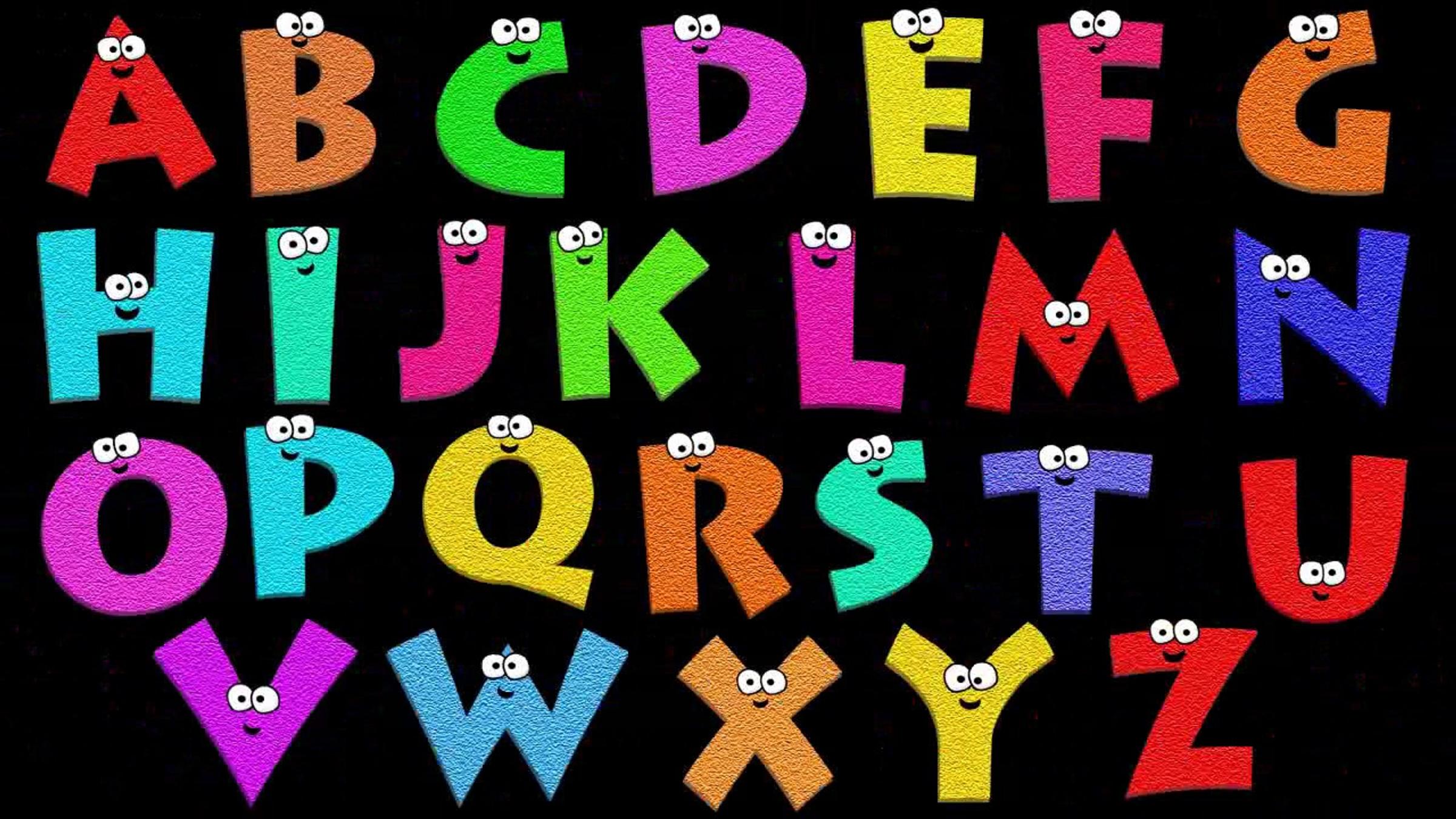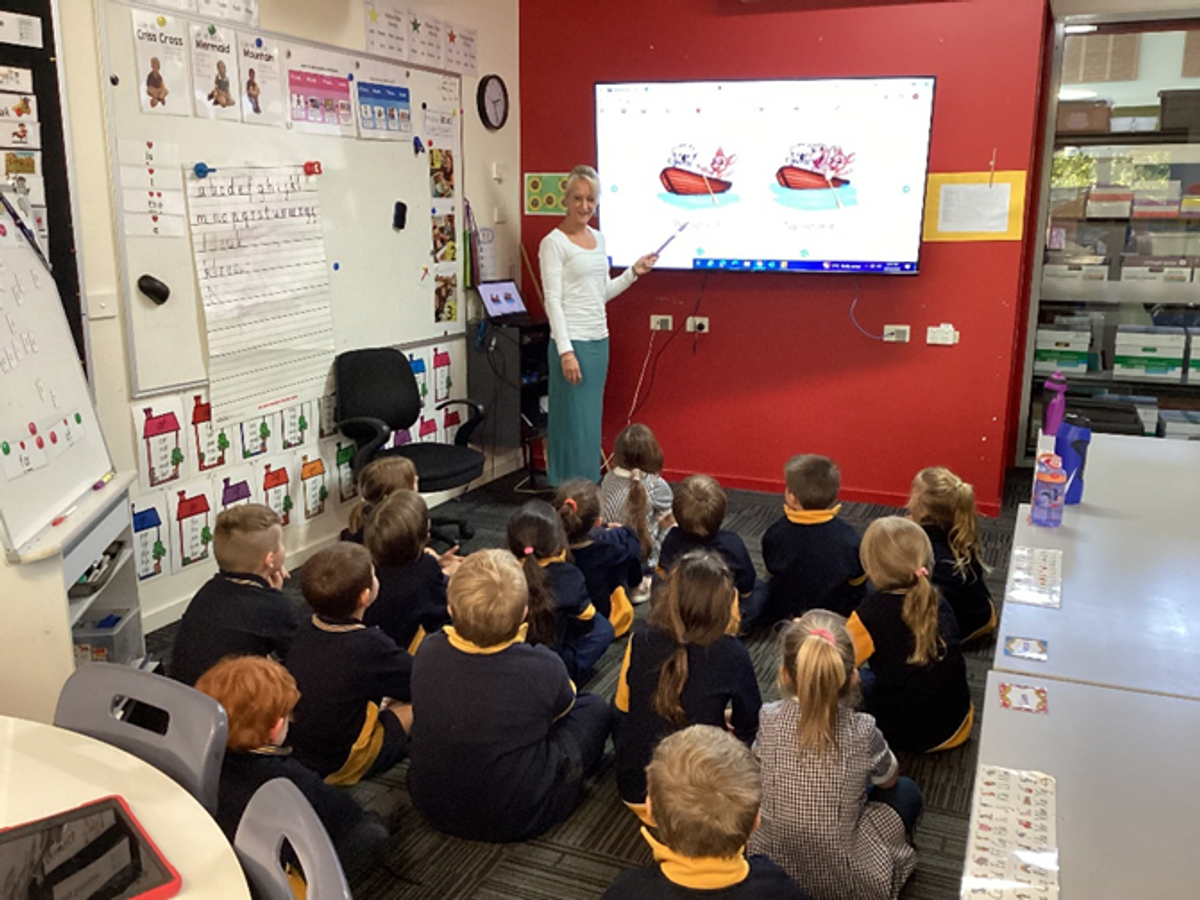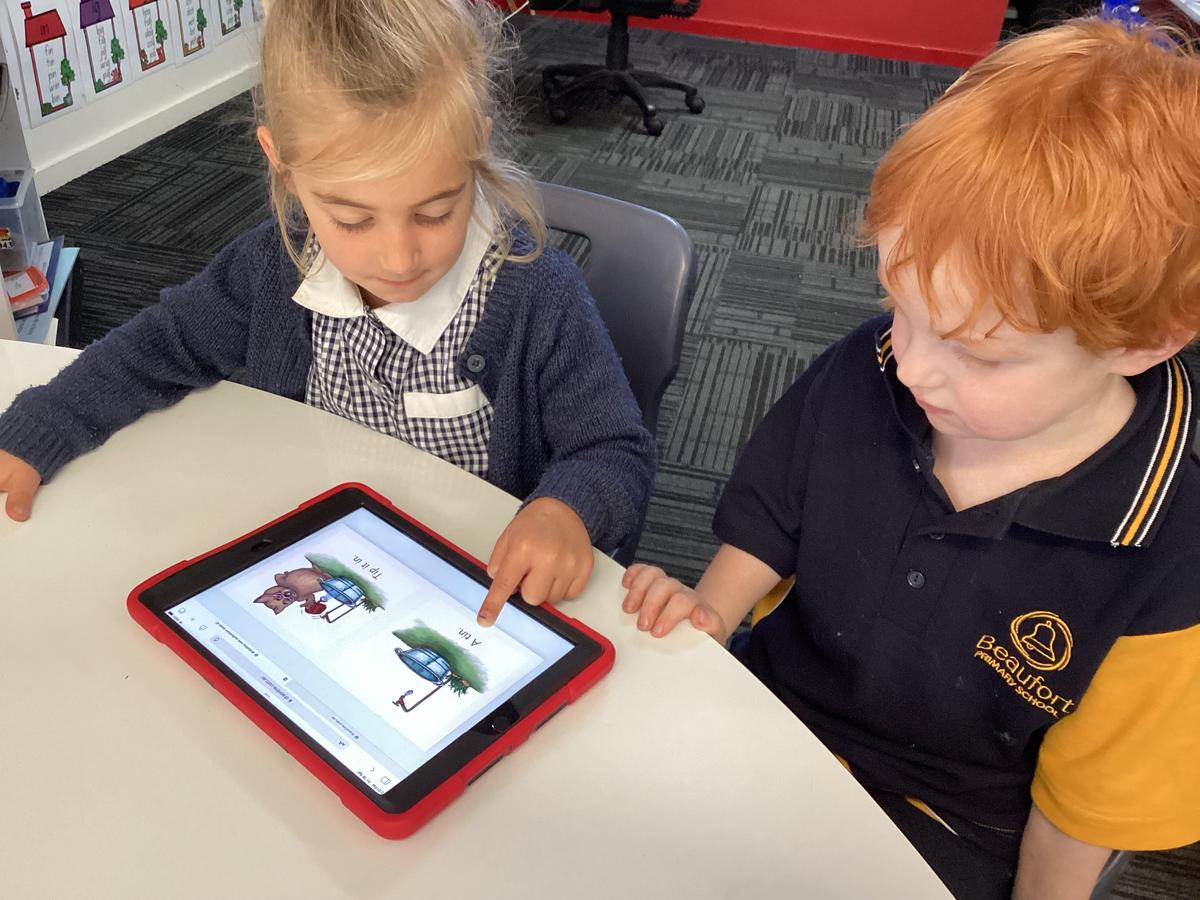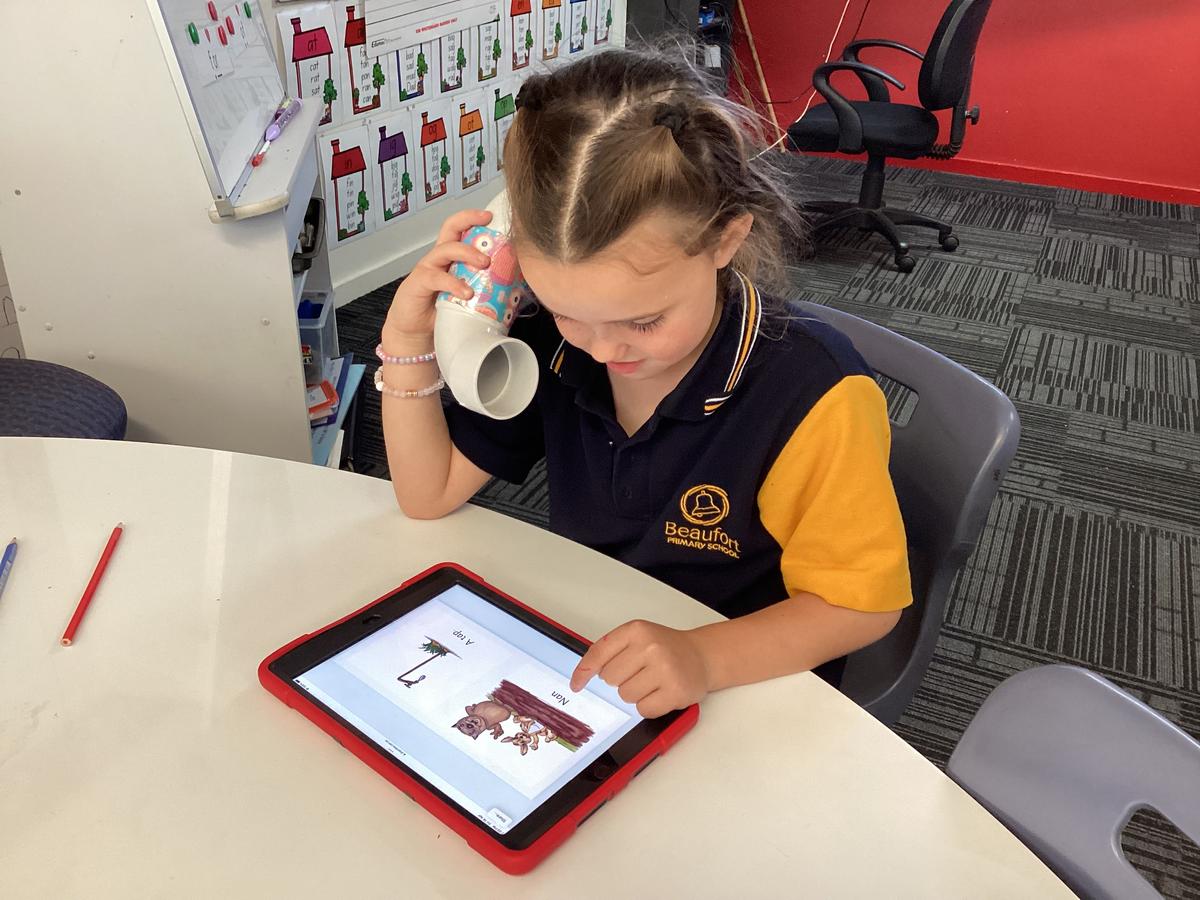Foundation Class
Miss W, supported by Mrs Novinec

Foundation Class
Miss W, supported by Mrs Novinec
We have been really busy in the Prep classroom learning our alphabet sounds. Phonics is a big part of our learning at the moment, which enables all the students to gain enough knowledge to begin to read and write.
Phonics instruction, which is completed on a daily bases in our classroom, connects the phonemes (units of sounds) with written letters so that the Prep students can transfer knowledge of sounds to the printed word. This is done through blending and segmenting sounds, reading of our focus sounds using decodable texts, dictation and the writing of words and simple sentences using our focus sounds.


The decodable texts we have at school enables the students to apply what they have been taught to decode each word successfully, promoting fluency and the automatic word recognition required to orthographically map words and build a large sight word vocabulary.


The students have been doing an amazing job and have been working hard to apply this knowledge to read small words in their reading and writing. The students had the opportunity to read some decodable books from the iPads, last week, as a special treat. They used the whisper phones, as the phone amplifies the sound, which helps the students to hear the sounds and words they are saying, more clearly.


Please watch the short videos of a couple of the Preps learning to read one of our online decodable texts. Although the video’s do not show it, the smiles, the confidence and feeling of success they gained at the end of their reading is why I teach!
To help your child build their decoding skills, have them read simple books with words they can sound out. When your child comes to an unknown word, encourage them to sound it out. If they say a sound incorrectly or don’t know a sound, provide the sound(s) for them and ask them to blend the sounds together and pronounce it as a whole word.
You can also do activities to build their awareness of these important, tiny speech sounds:
• Say a whole word and have your child say one sound each time they take a step or a hop (cat=/c/, /a/, /t/; wish=/w/ /i/ /sh/)
• Say a word like a robot, one speech sound at a time, and have your child guess what you are saying (It’s time for /d/, /i/, /n/, /er/ (dinner)!
• Encourage your child to sound out words to spell them.